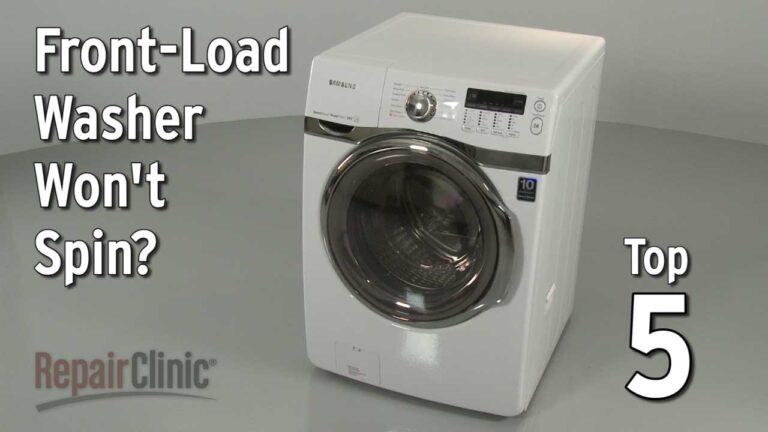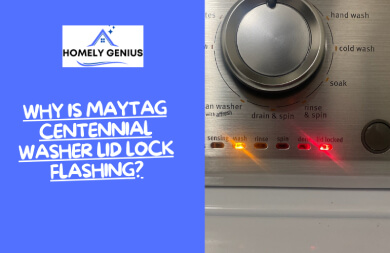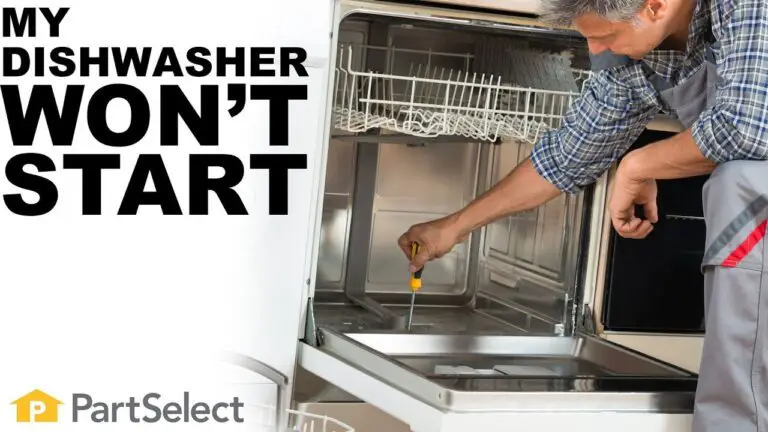Washing Machine No Spin: Troubleshooting and Fixes
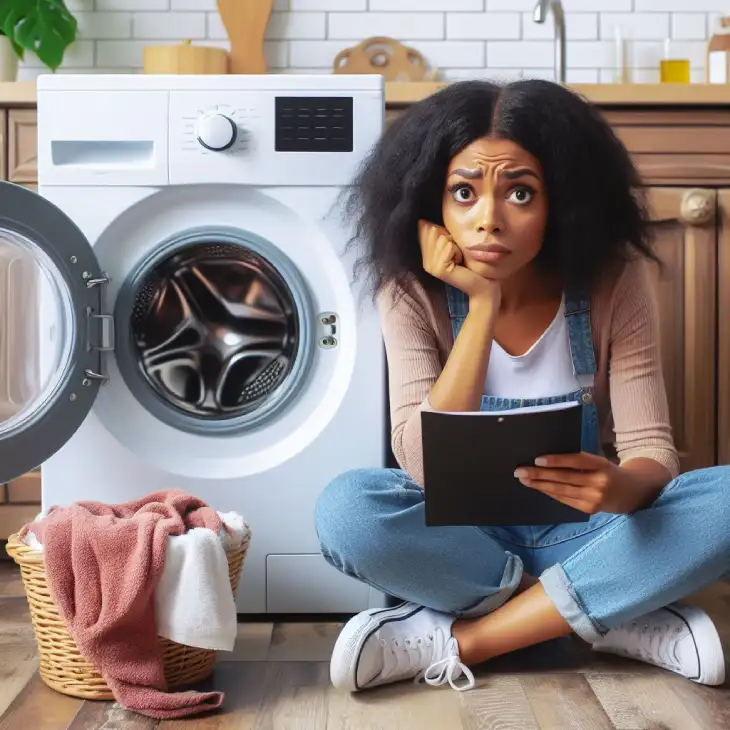
A washing machine not spinning can result from an unbalanced load or a malfunctioning motor. It disrupts laundry efficiency and can be frustrating.
A washing machine that doesn’t spin properly can be a major inconvenience. Often, the issue arises due to an unbalanced load, where clothes gather on one side of the drum. This imbalance prevents the machine from spinning correctly. Another common cause is a malfunctioning motor or a broken belt, which hinders the drum’s rotation.
Regular maintenance and proper loading can help prevent these issues. Keeping the machine level and avoiding overloading are simple steps to maintain its efficiency. Always check for any error codes on the machine’s display, as these can provide specific insights into the problem.
Common Causes
Washing machines are essential in every home. But sometimes, they stop spinning. This can be frustrating. Knowing the common causes can help you fix the issue. Below are some reasons your washing machine may not spin.
Power Supply Issues
A common cause for a washing machine not spinning is power supply issues. Check if the machine is properly plugged in. Ensure the outlet is working by testing it with another device. Sometimes, the power cord may be damaged. Inspect it for any visible signs of wear or tear.
Here’s a quick checklist for power supply issues:
- Verify the washing machine is plugged in
- Test the outlet with another device
- Inspect the power cord for damage
Door Lock Problems
Another reason could be door lock problems. Washing machines won’t spin if the door is not securely closed. Check if the door lock mechanism is functioning correctly. Sometimes, the lock can be broken or loose. This prevents the machine from spinning.
Steps to check door lock problems:
- Ensure the door is fully closed
- Inspect the door lock for any damage
- Test the lock to see if it engages properly
Addressing these common issues can often resolve the no-spin problem. Make sure to check both the power supply and door lock first. These are simple yet effective troubleshooting steps.
Balance And Load
Washing machines need balance and load for a smooth spin cycle. An unbalanced drum can stop the spin. Proper loading is crucial for effective washing. Avoid issues by understanding balance and load.
Overloaded Drum
An overloaded drum can cause no spin issues. Too many clothes make the drum heavy. The machine can’t spin properly. Follow the manufacturer’s load guidelines. Usually, leave some space at the top.
| Load Type | Recommended Capacity |
|---|---|
| Light | 2-3 kg |
| Medium | 4-5 kg |
| Heavy | 6-7 kg |
Unbalanced Load
An unbalanced load can also prevent spinning. Unevenly distributed clothes cause imbalance. The washing machine detects this and stops spinning. Balance the load by redistributing clothes.
- Check for tangled clothes.
- Distribute weight evenly.
- Avoid washing a single heavy item.
Motor And Drive Belt
Understanding the Motor and Drive Belt in your washing machine is crucial. These components play a vital role in the spinning process. If your washing machine isn’t spinning, issues with the motor and drive belt might be the cause.
Worn Drive Belt
A worn drive belt can cause your washing machine to stop spinning. The drive belt connects the motor to the drum. Over time, it can become loose or damaged.
Here are signs of a worn drive belt:
- Drum not spinning
- Strange noises during operation
- Visible wear and tear on the belt
Replacing the drive belt can often fix the issue. Always refer to the manufacturer’s guide for the correct belt type.
Faulty Motor
A faulty motor is another common reason for a no-spin issue. The motor drives the drum to spin. If it’s faulty, the drum will remain still.
Signs of a faulty motor include:
- Burning smell
- Motor not running
- Washing machine stops mid-cycle
In some cases, the motor may need repair or replacement. Consult a professional if you suspect motor issues.
Maintaining the motor and drive belt ensures your washing machine works efficiently. Regular checks can prevent these common problems.
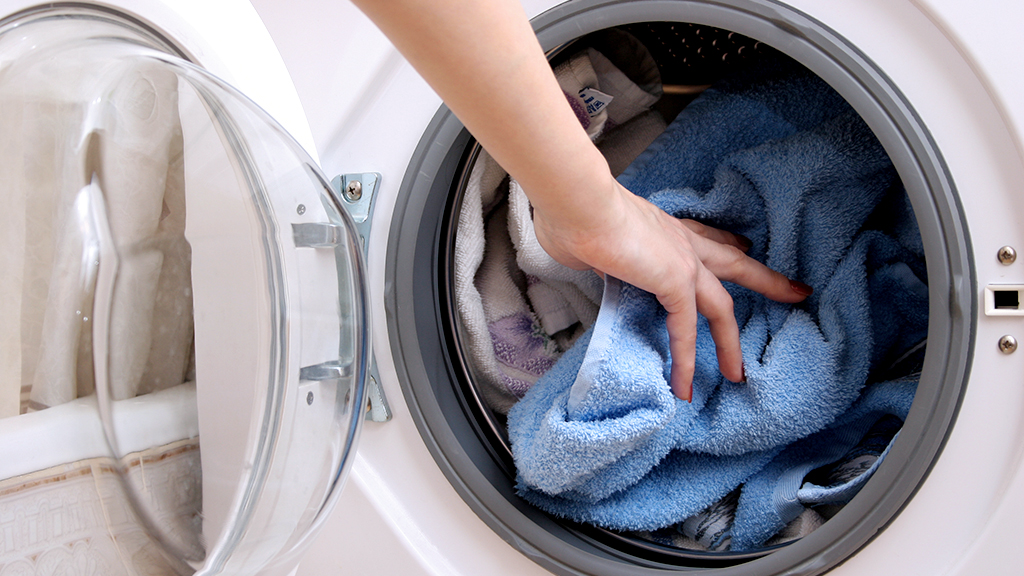
Credit: www.asurion.com
Drainage Issues
A washing machine that doesn’t spin often faces drainage issues. These problems prevent water from leaving the machine efficiently. Understanding the common causes can help fix the problem quickly. Two main culprits are a clogged pump filter and a blocked drain hose.
Clogged Pump Filter
The pump filter collects debris and prevents it from entering the machine. Over time, it can become clogged with lint, coins, or small clothing items. A clogged filter restricts water flow, causing drainage issues.
To check the filter:
- Unplug the washing machine.
- Locate the filter, usually at the front bottom.
- Open the filter cover and remove the filter.
- Clean the filter with water and a brush.
- Reinsert the filter and close the cover.
Cleaning the pump filter regularly can prevent drainage problems. It ensures smooth water flow and proper machine operation.
Blocked Drain Hose
The drain hose carries water out of the washing machine. If it gets blocked, water cannot exit the machine. This results in a non-spinning washer.
To check for a blocked hose:
- Unplug the washing machine.
- Locate the drain hose at the back.
- Detach the hose from the machine.
- Inspect the hose for any blockages.
- Use a long brush to clear any debris inside.
- Reattach the hose securely.
Ensure the drain hose is not kinked or bent. A straight hose allows water to flow freely, preventing drainage issues.
Regular maintenance of both the pump filter and drain hose can keep your washing machine in top condition. This helps in efficient water drainage and consistent spinning cycles.
Control Panel
The control panel is the brain of your washing machine. It manages all functions like spinning, washing, and draining. If your washing machine isn’t spinning, the control panel might be the issue.
Faulty Control Board
A faulty control board can cause the washing machine to stop spinning. This board sends signals to various parts of the machine. If it malfunctions, these signals may not reach their destination. This can result in the machine not spinning.
| Symptom | Cause |
|---|---|
| Machine stops mid-cycle | Faulty control board |
| Display shows error codes | Damaged control board |
Check the control board for any visible damage. Replace it if necessary. Consult your washing machine’s manual for more guidance.
Resetting The Machine
Sometimes, resetting the machine can fix the issue. Follow these simple steps to reset:
- Unplug the machine from the power outlet.
- Wait for 1-2 minutes.
- Plug the machine back in.
- Start a new wash cycle.
This simple reset can often resolve minor issues. If the machine still doesn’t spin, further troubleshooting may be required. Always refer to the user manual for detailed instructions.
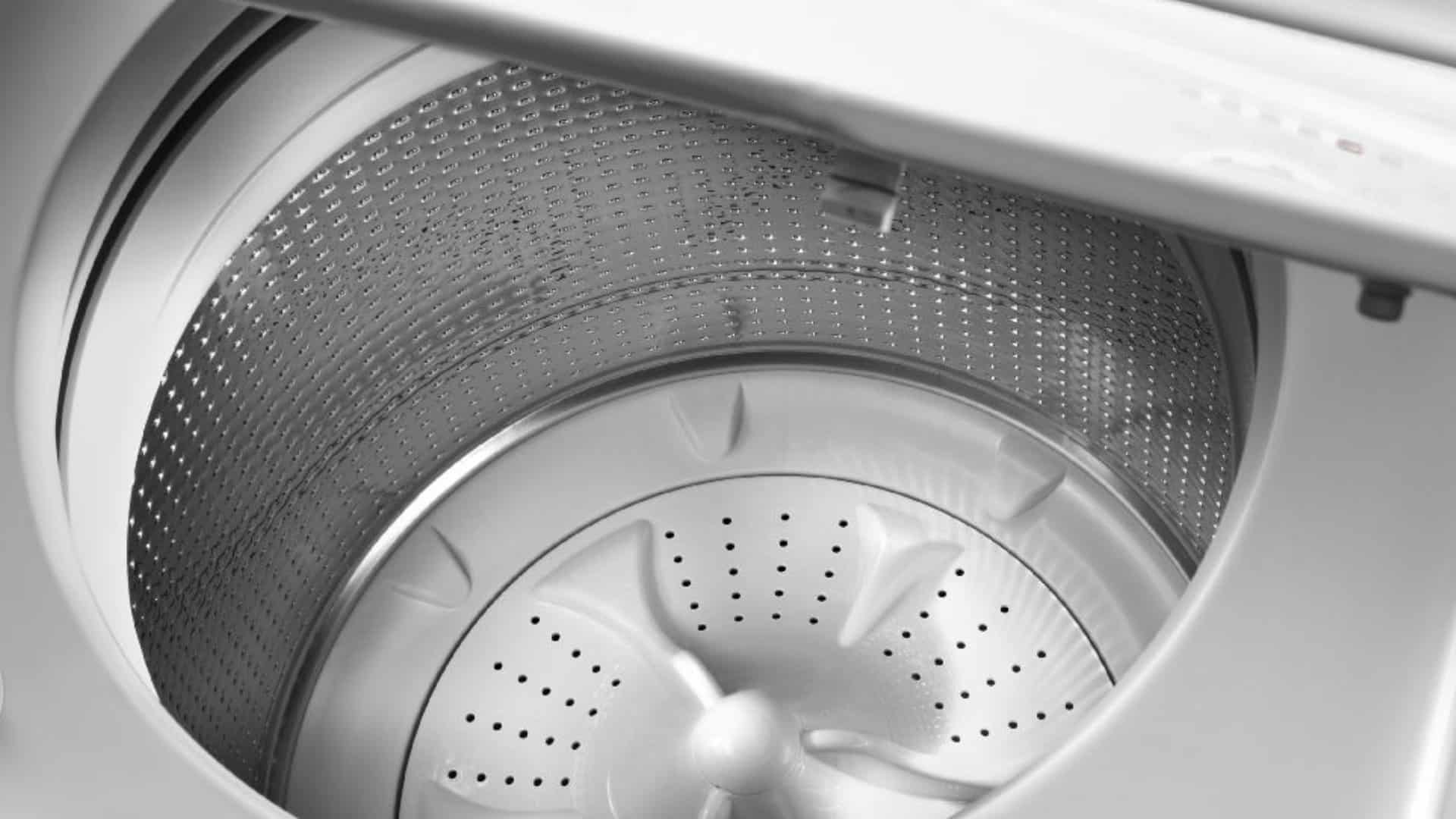
Credit: viaappliance.com
Sensor Malfunctions
A washing machine may stop spinning due to sensor malfunctions. These sensors play a crucial role in the machine’s operation. They detect imbalances, measure speed, and ensure safe functioning. Understanding these sensors can help identify the problem.
Imbalance Sensor
The imbalance sensor detects uneven loads in the washing machine. If the load is not balanced, the machine won’t spin. This prevents damage to the drum and motor. A faulty imbalance sensor may stop the machine from spinning altogether.
- Detects uneven loads
- Prevents drum and motor damage
- Stops machine if faulty
Speed Sensor
The speed sensor monitors the drum’s spinning speed. It ensures the drum spins at the correct speed. If this sensor malfunctions, the machine may not spin. This sensor is vital for proper operation.
| Function | Importance |
|---|---|
| Monitors drum speed | Ensures correct spinning speed |
| Prevents over-spinning | Protects machine |
Diy Fixes
Is your washing machine not spinning? Don’t worry! You might fix it yourself. Here are some DIY fixes to help you get your machine running again.
Simple Checks
Start with these simple checks. They might solve the issue quickly.
- Ensure the machine is plugged in properly.
- Check if the lid is closed tightly.
- Look for any error codes on the display.
Sometimes, the issue is with the load. Make sure the load is balanced. An unbalanced load can stop the spin cycle.
Basic Repairs
If simple checks don’t work, try these basic repairs.
Check the Drive Belt
The drive belt might be loose or broken. Here’s how to check it:
- Unplug the machine.
- Remove the back panel.
- Inspect the belt for wear or damage.
- If damaged, replace it with a new one.
Inspect the Lid Switch
A faulty lid switch can stop the spin cycle. Follow these steps to inspect it:
- Unplug the machine.
- Open the lid.
- Use a multimeter to test the switch.
- If defective, replace the switch.
Examine the Motor Coupling
The motor coupling connects the motor to the transmission. Check it by:
- Unplug the machine.
- Remove the motor access panel.
- Inspect the coupling for cracks or damage.
- Replace if necessary.
| Repair | Tools Needed | Time Required |
|---|---|---|
| Drive Belt | Screwdriver, new belt | 30 minutes |
| Lid Switch | Multimeter, screwdriver | 20 minutes |
| Motor Coupling | Screwdriver, new coupling | 45 minutes |
These DIY fixes might save you a service call. Always ensure safety first. Unplug the machine before any repair.

Credit: m.youtube.com
When To Call A Professional
Washing machines are essential household appliances. But, they can sometimes face issues, like the no spin problem. While some fixes are simple, certain situations demand professional help. Knowing when to call a professional can save time and money.
Identifying Major Issues
Major issues often require a professional. These issues might include:
- Strange noises
- Leaking water
- Electrical problems
If you hear strange noises, it’s a sign of a bigger problem. Leaking water can damage your home. Electrical problems can be dangerous.
Cost Vs. Benefit Analysis
Consider the cost vs. benefit before calling a professional. Compare the repair cost with the machine’s age and value.
| Repair Cost | Machine Age | Decision |
|---|---|---|
| Low | New | Repair |
| High | Old | Replace |
If the repair cost is low and the machine is new, repair it. If the cost is high and the machine is old, consider replacing it.
Frequently Asked Questions
What Causes A Washing Machine Not To Spin?
A washing machine may not spin due to a broken belt, faulty lid switch, motor issues, or an unbalanced load.
What Does “no Spin” Mean In A Washing Machine?
“No spin” in a washing machine means the drum doesn’t spin during the cycle. Clothes remain wet and unspun.
How Do I Reset My Washing Machine To Spin?
To reset your washing machine to spin, unplug it for one minute. Plug it back in, then select the spin cycle. Start the machine.
How To Fix Washing Machine Drum Not Spinning?
Check for a clogged hose, faulty lid switch, or broken belt. Ensure the load is balanced. If issues persist, call a technician.
Why Is My Washing Machine Not Spinning?
A clogged drain pump or unbalanced load could be the reason.
How To Fix A Washing Machine That Won’t Spin?
Check for blockages, redistribute clothes, or inspect the drive belt.
Can Overloading Cause A Washing Machine To Not Spin?
Yes, overloading can prevent proper spinning due to imbalance.
What To Do If My Washer Spins Slowly?
Inspect the drive belt and motor for wear or damage.
Conclusion
Resolving a washing machine no spin issue can save time and frustration. Regular maintenance prevents future problems. Always consult your machine’s manual for troubleshooting tips. If the problem persists, consider professional help. Ensuring your washing machine spins efficiently extends its lifespan and improves laundry results.
Keep your appliance in top shape for optimal performance.

![Kenmore Washer LF Code [Things You Should Know]](https://homelygenius.com/wp-content/uploads/2023/12/Kenmore-Washer-LF-Code-768x499.webp)
![Whirlpool WTW5000DW1 Diagnostic Codes [Indications + Easy Fixes!]](https://homelygenius.com/wp-content/uploads/2023/09/Whirlpool-WTW5000DW1-Diagnostic-Codes.webp)
